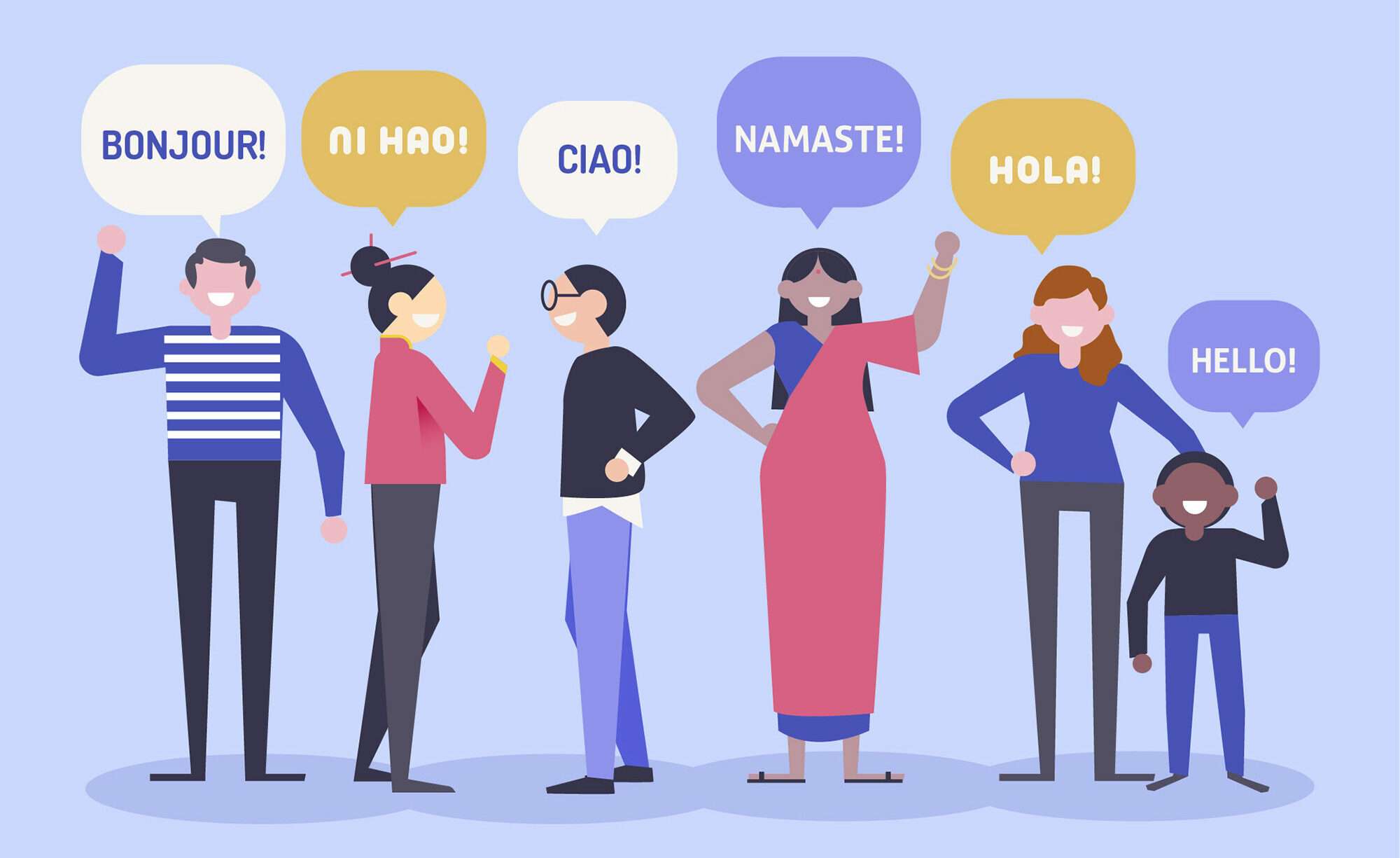Have you ever found yourself in a situation where you couldn’t understand a word someone was saying to you? Or perhaps you were struggling to convey your thoughts and ideas to someone from a different culture? We’ve all been there. Cross-cultural communication can be a huge challenge, but it’s one that we all need to navigate in this increasingly interconnected world.
As someone who loves to travel and explore different cultures, I’ve had my fair share of experiences with language barriers. From getting lost in translation in a small village in Japan to trying (and failing) to order food in a crowded market in Morocco, these situations have not only been frustrating but have also taught me the importance of effective cross-cultural communication.
So how can we bridge these language barriers and foster better communication between cultures? Here are a few tips I’ve gathered along the way.
1. Learn a few key phrases:
One of the best ways to show respect and appreciation for a foreign culture is to learn some basic phrases in their language. Simple greetings, expressions of gratitude, and basic questions can go a long way in building rapport with the local people. Even if you make mistakes or stumble over your words, your efforts will be appreciated, and it will create a positive atmosphere for communication.
2. Utilize non-verbal communication:
When words fail, non-verbal cues can help convey your message. Body language, facial expressions, and gestures are universal forms of communication that can bridge the gap between languages. However, it is crucial to be aware that some gestures might be offensive or inappropriate in certain cultures, so it’s always a good idea to do a little research before relying solely on non-verbal cues.
3. Be patient:
Patience is key when communicating across cultures. It’s important to understand that language barriers can lead to misunderstandings, and it may take a bit longer to get your point across. Avoid getting frustrated or giving up too quickly. Take your time, speak slowly and clearly, and be open to repeating or rephrasing your thoughts if necessary.
4. Use visual aids:
Visual aids can be incredibly helpful in facilitating cross-cultural communication. Whether it’s using pictures, diagrams, or even hand-drawn sketches, visual aids can help illustrate your ideas and provide context. Visuals often transcend language barriers, making complex concepts more accessible to people from different cultures.
5. Seek common ground:
Finding common ground can be a powerful tool in breaking down linguistic and cultural barriers. Look for shared interests, hobbies, sports, or even local traditions that you can discuss. This will not only establish a connection but also foster a more comfortable and open line of communication.
6. Practice active listening:
Active listening involves not only hearing the words someone is saying but also paying attention to their body language, tone of voice, and overall communication style. When engaging in cross-cultural conversations, make a conscious effort to listen attentively and understand the underlying context of what is being said. This will help you pick up on subtle cues and ensure effective communication.
7. Seek assistance from interpreters or translators:
In situations where effective communication is crucial, it might be necessary to rely on professional interpreters or translators. They can help bridge the gap between languages and ensure that messages are accurately conveyed. While it’s always beneficial to learn some basic phrases, there are times when professional assistance is necessary to avoid miscommunication.
8. Embrace cultural differences:
Cross-cultural communication involves more than just overcoming language barriers; it requires embracing and appreciating cultural differences. Recognize that cultural norms, values, and beliefs may shape the way people communicate and interpret information. By being open-minded and adaptable, you can navigate these differences and foster better understanding and collaboration.
In conclusion, cross-cultural communication is a skill that we all need to continually develop, especially in today’s globalized world. By learning a few key phrases, utilizing non-verbal communication, being patient, using visual aids, seeking common ground, practicing active listening, seeking assistance when needed, and embracing cultural differences, we can bridge the language barriers and forge meaningful connections with people from different cultures. Remember, effective communication is not just about words; it’s about building bridges and fostering understanding between cultures.
